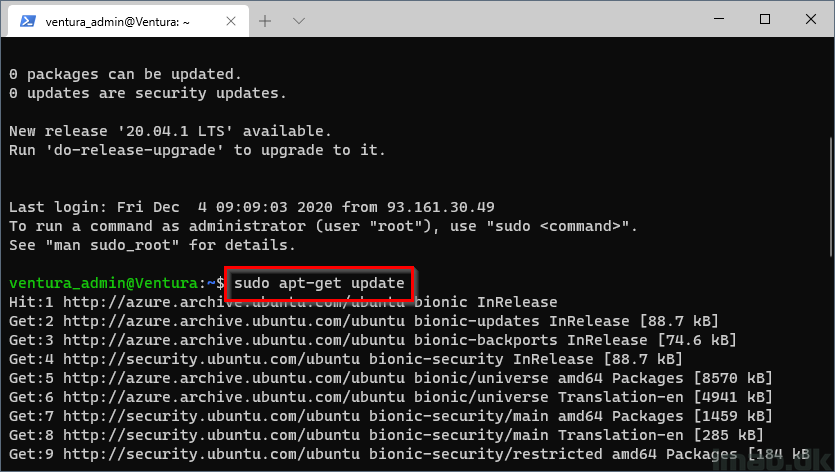

Four key pairs are provided based on the algorithms dsa, rsa, ecdsa and ed25519. Public and private host keys are automatically generated in /etc/ssh by the sshdgenkeys service and regenerated if missing even if HostKeyAlgorithms option in sshd_config allows only some. from the /etc/issue file), configure the Banner option: To allow access only for some users add this line: Whenever changing the configuration, use sshd in test mode before restarting the service to ensure it will be able to start cleanly. Sshd is the OpenSSH server daemon, configured with /etc/ssh/sshd_config and managed by rvice. For example -oKexAlgorithms=+diffie-hellman-group1-sha1. Some options do not have command line switch equivalents, but you can specify configuration options on the command line with -o. With such a configuration, the following commands are equivalent All options can be declared globally or restricted to specific hosts. The client can be configured to store common options and hosts. If the server only allows public-key authentication, follow SSH keys. 5.16 Connection trough jump host fails with "bash: No such file or directory".5.15 Connecting to a remote without the appropriate terminfo entry.5.14 WARNING: REMOTE HOST IDENTIFICATION HAS CHANGED!.5.13 Terminate unresponsive SSH connection.5.9 tmux/screen session killed when disconnecting from SSH.5.8 No matching key exchange method found by OpenSSH 7.0.5.4 "Terminal unknown" or "Error opening terminal" error message.5.3 ": No such file or directory" / ssh_exchange_identification problem.

DOWNLOAD SSH TUNNEL MANAGER LINUX VERIFICATION
4.15 Private networks hostkeys verification.4.13 Terminal background color based on host.4.12 Alternative service should SSH daemon fail.4.11.1 Run autossh automatically at boot via systemd.4.11 Autossh - automatically restarts SSH sessions and tunnels.4.10 Automatically restart SSH tunnels with systemd.4.8 Mounting a remote filesystem with SSHFS.4.1.3 Step 2 (Variant B): set up a local TUN interface.4.1.2 Step 2 (Variant A): configure your browser (or other programs).

3.3.3 Protecting against brute force attacks.3.3.2 Two-factor authentication and public keys.


 0 kommentar(er)
0 kommentar(er)
